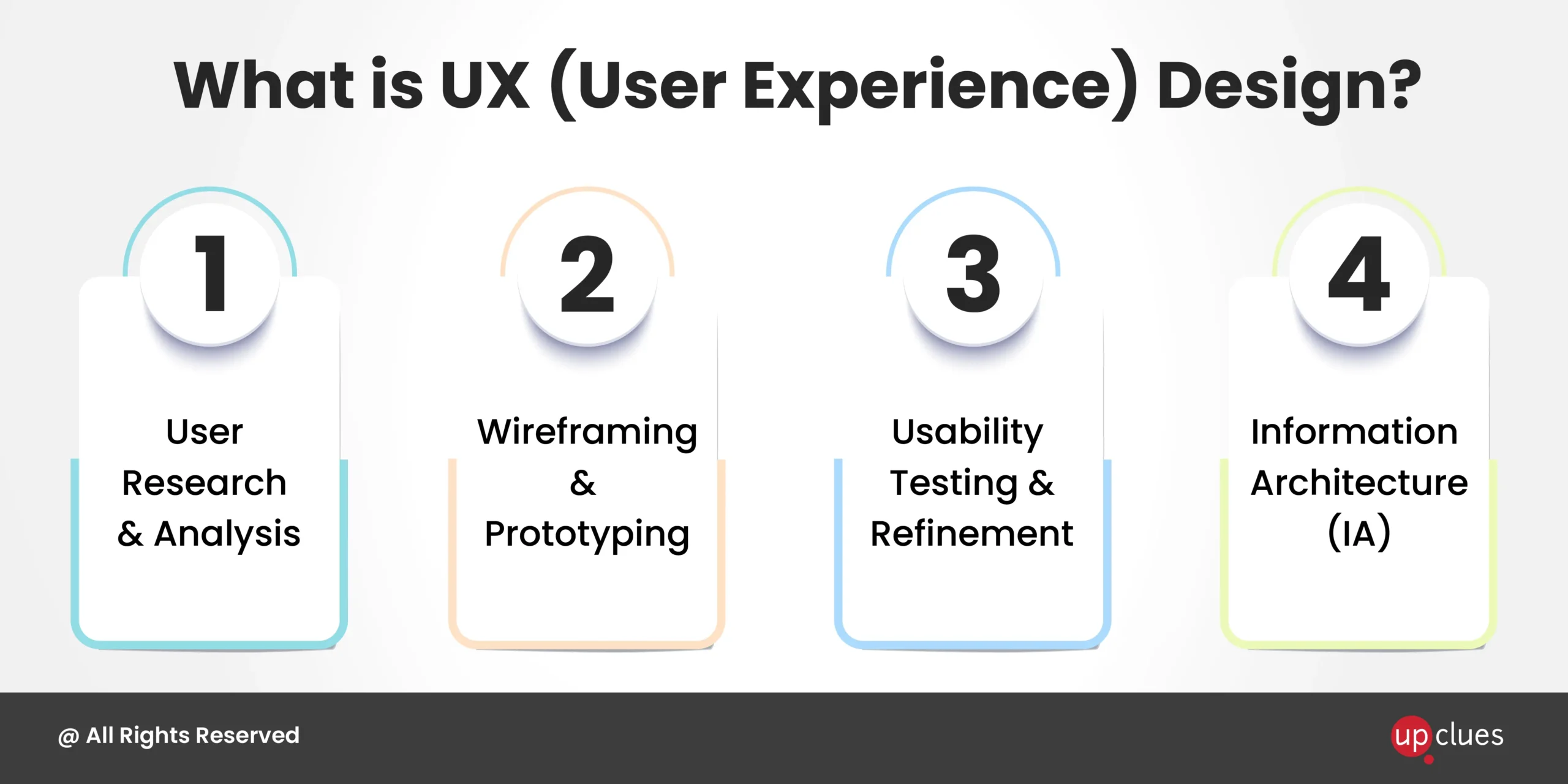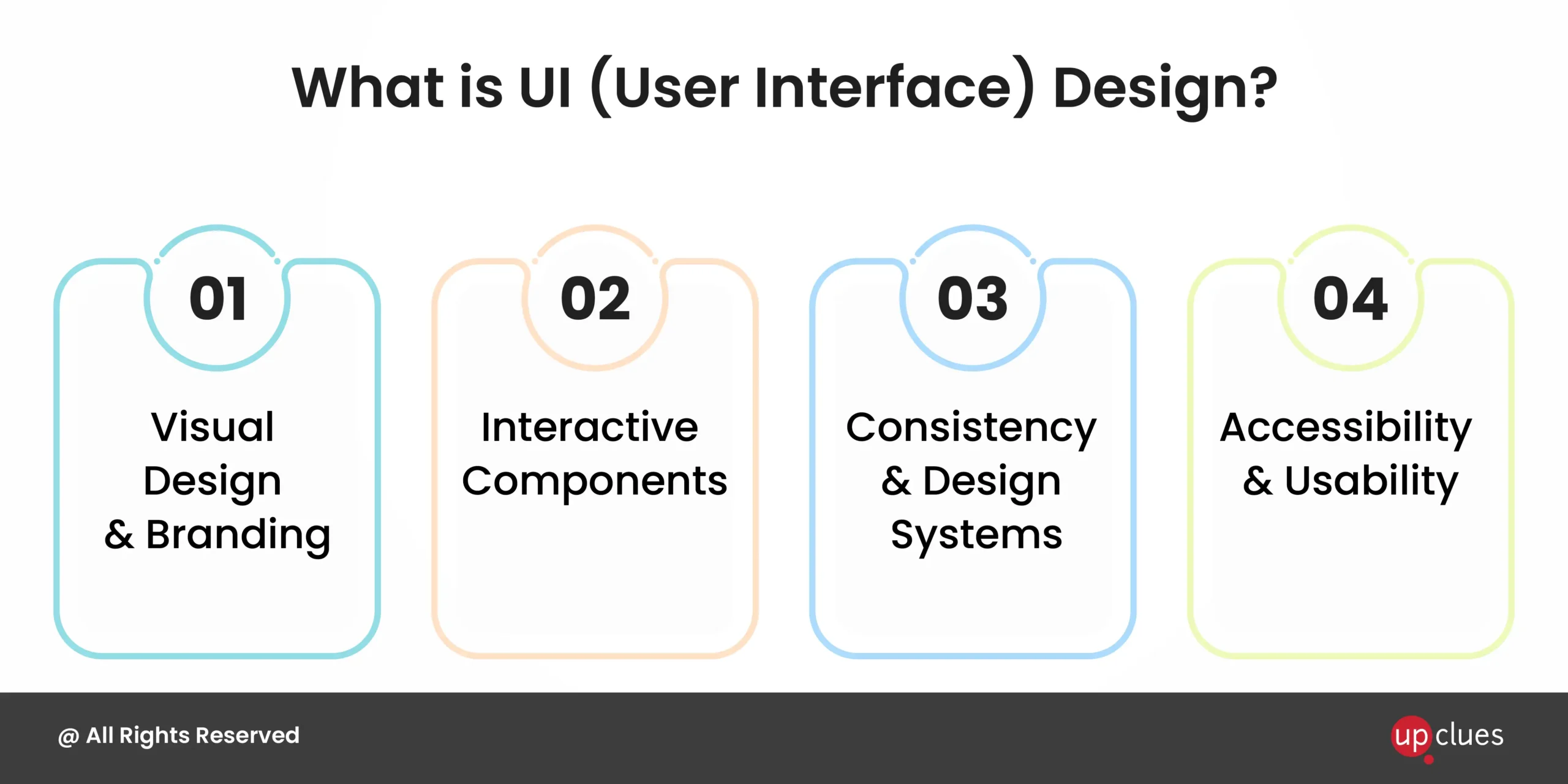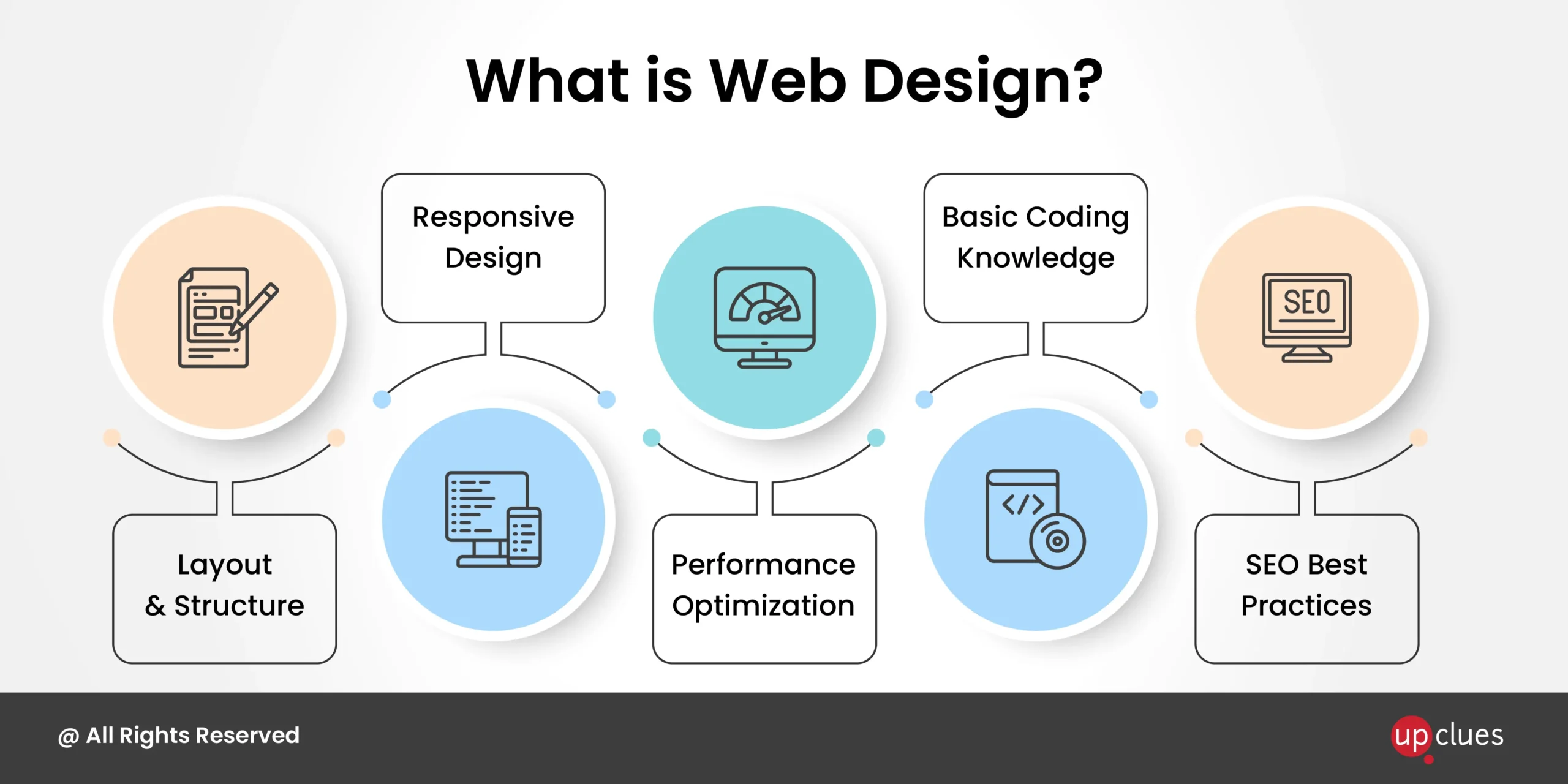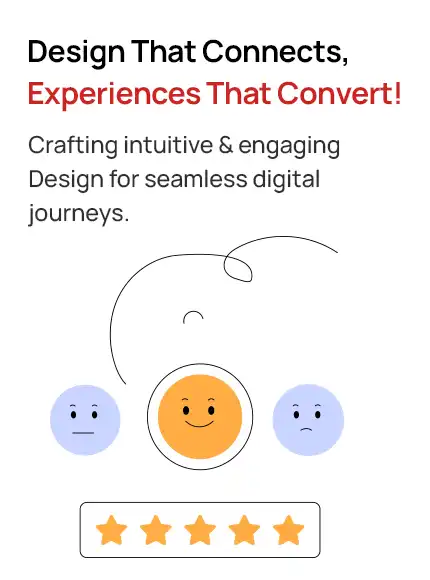
Brand Development Services: A Complete Guide to Business Growth
February 17, 2025
How to Work with a Branding Agency for Small Business: A Complete Guide
February 20, 2025
Brand Development Services: A Complete Guide to Business Growth
February 17, 2025
How to Work with a Branding Agency for Small Business: A Complete Guide
February 20, 2025Whats The Difference Between Ux Ui And Web Design
February 19, 2025
- 12 min to Read
Introduction
Imagine visiting a website that loads instantly, looks stunning, and helps you find what you need effortlessly. That’s the result of great UX, UI, and Web Design working together. But what do these terms really mean?
Let’s break them down in simple terms.

What is UX (User Experience) Design?
UX design is centered around how users interact with a website or digital product. It focuses on making navigation seamless, improving usability, and ensuring a satisfying experience for users.
Key Responsibilities of a UX Designer:
1. User Research & Analysis:
- Performing surveys, interviews, and usability tests to gain insights into user behavior.
- Using heatmaps and behavior tracking tools to identify pain points.
- Developing user personas and journey maps for targeted design solutions.
2. Wireframing & Prototyping:
- Creating low-fidelity wireframes to structure content layout.
- Designing interactive prototypes to simulate real user interactions.
- Using tools like Figma, Adobe XD, and Sketch for prototyping.
3. Usability Testing & Refinement:
- Conducting A/B testing to evaluate design effectiveness.
- Observing real users as they complete tasks to identify usability challenges.
- Refining designs based on collected feedback for continuous improvement.
4. Information Architecture (IA):
- Organizing content to improve navigation and user flow.
- Structuring clear menu hierarchies and intuitive search functions.
- Optimizing user pathways for efficient task completion.
Why UX Design Matters?
A well-structured UX design improves user retention, increases engagement, and enhances overall satisfaction. For example, an optimized checkout process can significantly reduce cart abandonment rates on an eCommerce site.
What is UI (User Interface) Design?
UI design focuses on the look and feel of a digital product. It ensures that the interface is visually appealing, engaging, and aligned with the brand identity.

Key Responsibilities of a UI Designer:
1. Visual Design & Branding:
- Choosing color schemes that align with brand identity and evoke emotions.
- Selecting readable and aesthetically pleasing typography.
- Balancing whitespace and content to improve clarity.
2. Interactive Components:
- Creating interactive components like buttons, forms, and transitions for a seamless user experience.
- Adding animations and hover effects for a smooth user experience.
- Implementing feedback mechanisms like error messages and success notifications.
3. Consistency & Design Systems:
- Creating reusable UI components for visual uniformity.
- Following style guides such as Material Design or Apple’s Human Interface Guidelines.
- Ensuring alignment, spacing, and proportion consistency.
4. Accessibility & Usability:
- Implementing high-contrast color schemes for visually impaired users.
- Ensuring keyboard navigation and screen reader compatibility.
- Allowing text scaling without breaking the layout.
Why UI Design Matters?
A visually appealing UI improves brand perception and user engagement, making navigation intuitive and enjoyable. A well-crafted UI can encourage visitors to stay longer and interact more.
What is Web Design?
Web Design integrates UX and UI principles while focusing on website structure, layout, and technical implementation. It includes coding, performance optimization, and SEO best practices.

Key Responsibilities of a Web Designer:
1. Layout & Structure:
- Creating grid-based designs for a balanced visual structure.
- Strategically placing Call-to-Action (CTA) elements.
- Maintaining visual consistency across all pages.
2. Responsive Design:
- Using flexible layouts and CSS media queries for cross-device compatibility.
- Adopting a mobile-first design approach.
- Ensuring touch-friendly navigation elements.
3. Performance Optimization: :
- Compressing images and minimizing code for faster loading speeds.
- Implementing lazy loading to reduce initial page load time.
- Working with developers to enhance efficiency and functionality.
4. Basic Coding Knowledge:
- Understanding HTML, CSS, and JavaScript fundamentals.
- Using website builders like WordPress and Webflow.
- Ensuring cross-browser compatibility for a seamless experience.
5. SEO Best Practices:
- Designing mobile-friendly layouts to boost search rankings.
- Optimizing navigation and URL structures for better discoverability.
- Using structured data and schema markup to improve search visibility.
Why Web Design Matters?
A well-designed website enhances credibility, improves search rankings, and ensures smooth functionality. A poor web design can lead to high bounce rates and lost conversions.
Key Differences Between UX, UI, and Web Design
| Feature | UX Design | UI Design | Web Design |
|---|---|---|---|
| Focus | User experience & functionality | Visual appeal & interactivity | Website structure & coding |
| Goal | Enhancing usability | Creating an attractive interface | Developing a fully functional website |
| Key Elements | Research, wireframes, usability testing | Colors, typography, buttons, icons | Layout, responsiveness, coding |
| Tools | Research, wireframes, usability testing | Colors, typography, buttons, icons | Layout, responsiveness, coding |
Which One Do You Need?
Your project’s requirements determine which expertise you need:
- Need better usability? → Hire a UX Designer
- Want an attractive and interactive interface? → Hire a UI Designer
- Need a fully functional website? → Hire a Web Designer
In reality, all three disciplines work together to create a seamless digital experience.
Final Thoughts: Choosing the Right Experts for Your Project
A great website isn’t just about aesthetics—it’s about functionality, engagement, and performance. Whether launching a new platform or improving an existing one, investing in UX, UI, and Web Design ensures long-term success.
If you're searching for a professional Web Design Agency or experienced UI/UX Design services, our team specializes in crafting high-performance, visually stunning websites that drive conversions. Let’s build something exceptional together!






